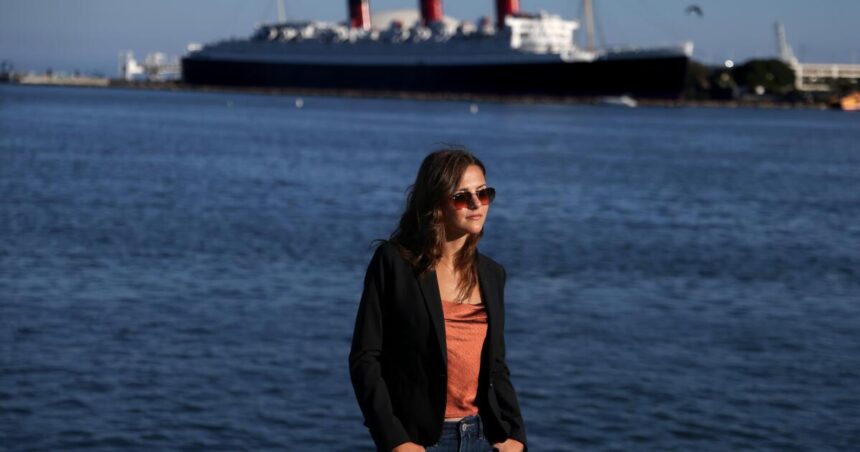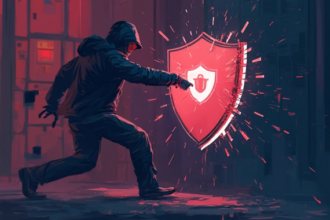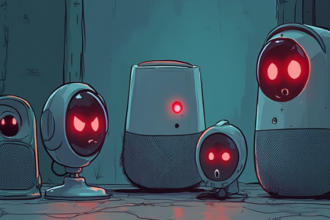In August 2018, California was in the midst of one of the worst disasters and destructions in its history. I vividly remember walking home from school with my then-six-year-old brother, who pointed to the sky and asked, “Is that the moon?” The sun was unrecognizable in the orange, apocalyptic sky due to the wildfires.
The following year, as a freshman at Long Beach Polytechnic High School, I took an environmental science class that helped me understand just how serious the climate crisis was. The message was clear: The world is dying, and we must act now to save it.
In the summer of 2020, I came across , a nonprofit organization that works in climate change education, advocacy, and provides leadership training. After completing their week-long program, I connected with my local Climate Reality chapter and was introduced to the incredible people who helped the Los Angeles Unified School District in 2019 commit to being 100% renewable for its electricity sector by 2030 and 100% renewable for all other energy sectors by 2040.
Those people inspired me: If they could do it in Los Angeles, why not in the Unified School District?
Leaders from the Climate Reality Project in LA mentored me, and I was able to find students and teachers in my high school and district who shared a similar vision, including Patrick Gillogly. In August 2020, as a sophomore, I founded the Green Schools Campaign and recruited several like-minded students who, in turn, spread the word to students in other schools in my district.
At first, I was naive. I thought that once GSC presented the district with a 100% clean energy resolution and the school board voted in favor, that would be it. The world would be saved. I never expected it to take more than two years.
We needed to prove to the district that we were more than just a bunch of angry, obnoxious teenagers. We had to earn the respect of the school board and show them we wanted to stay involved.
Contrary to what some may believe, the campaign has never faced direct opposition. We have never encountered climate change deniers. Everyone we spoke to believed in climate change and recognized the importance of the transition to clean energy. The big hurdle was making it a top priority.
In December 2020, we first met with an LBUSD school board member who would later become one of our campaign’s biggest supporters, and she told us she fully supported our goals but that a resolution wouldn’t pass for some time because the district was focused on the pandemic and distance learning.
That makes perfect sense. School districts, like any governing body, adjust priorities all the time. But it’s painful to hear. We wanted to see the board pass a clean energy resolution. immediatelyBut waiting also had its benefits. What my mother often called “a marathon, not a sprint”—taking months to pass this resolution allowed us to develop an achievable, realistic plan that puts climate action at the forefront of LBUSD’s goals.
The Green Schools Campaign launched with a student-led online Climate Town Hall that attracted over 75 participants. We started a petition (signed by over 1,000 residents) and continued to connect with parents, students and teachers to discuss the campaign and its goals.
In September 2021, we held an in-person climate rally attended by approximately 200 people, including an actor and environmental activist. The event featured speeches from energy experts, local politicians, and environmentalists. The campaign also invited 70 speakers to speak in support of the clean energy transition at each of our two-weekly School Board meetings.
The second leg of our campaign was to work directly with the school district. This included regular meetings with the Director of Facilities and district-appointed representatives to go through our proposal line by line. We also met regularly with School Committee members, the Superintendent, and other school stakeholders to discuss how to gain their support. We brought environmental experts into the discussions to help LBUSD explore financial incentives and funding streams that could be used to support the transition to clean energy.
After two years of meetings and community engagement, the Green School Operations – Energy and Sustainability Policy was adopted on August 17, 2022, committing the district to transitioning to 100% clean energy by 2045.
I should point out here that effective action means collaboration between those in power now and those who will be in power in the future — my generation. Yelling at school boards to be more environmentally friendly without an actionable plan will get you nowhere.
Non-renewable energy has been the norm for so long, our systems are built around this technology, and frankly, it would be easy for us to continue this way. That’s why it takes a village to address these issues.
Diana Michaelson is a sophomore studying health policy at Cornell University, and she is excited to monitor the district’s compliance with energy and sustainability policies until her work is complete.









